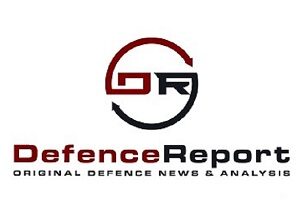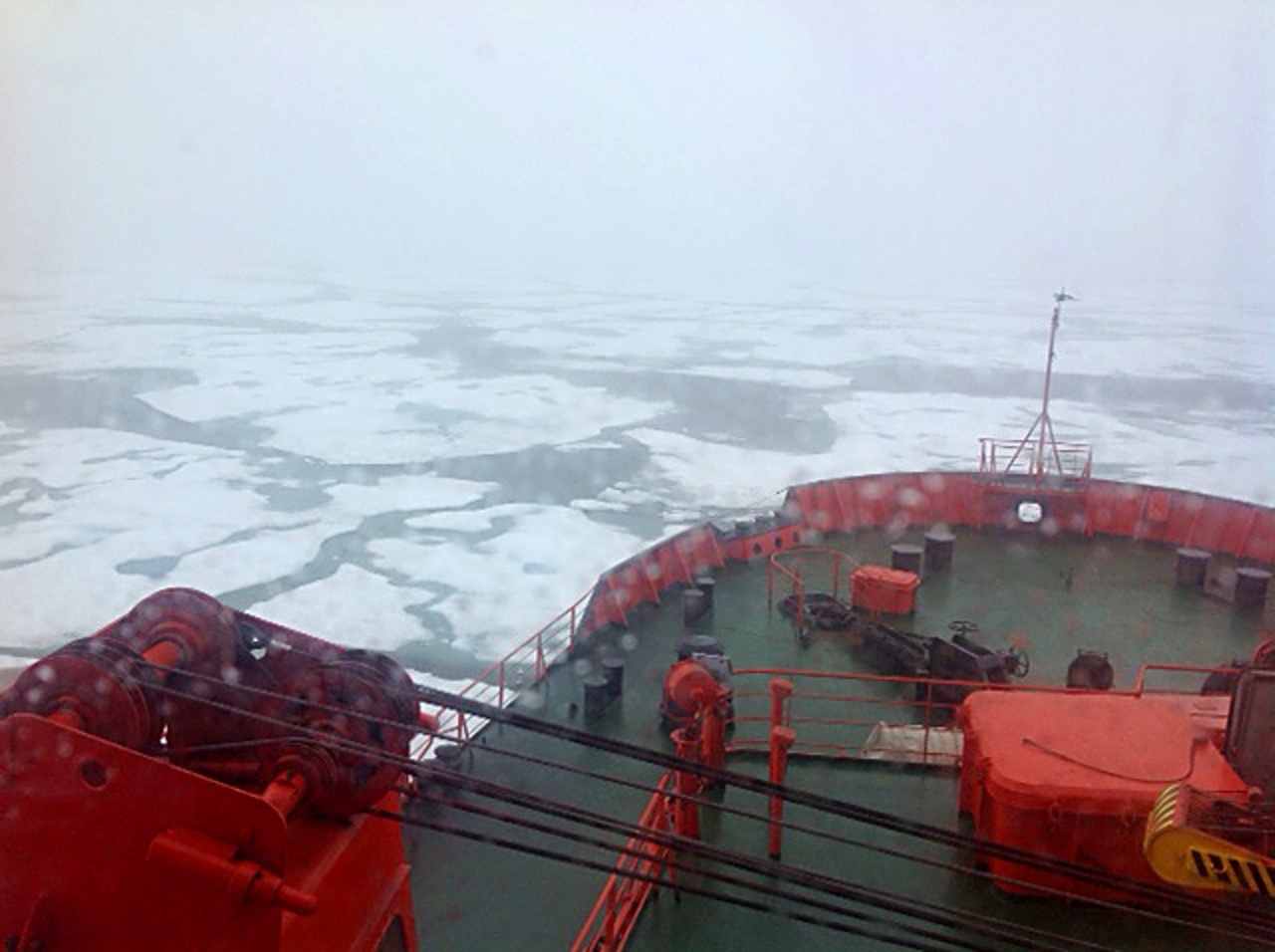The Red Sea and the Suez Canal are thousands of kilometres from the Russian Arctic. The chances of Houthi action influencing Russia’s Arctic policy seem as remote as Russia’s vast Arctic region. However, all seas and oceans are connected, and it seems that even conflicts are intertwined in the 21st century. The actions of the Houthi movement have raised the profile of Russia’s Northern Sea Route. A route that Russian politicians believe is, and will be, a major competitor to the Suez Canal.
Conflict in the Middle East
The latest upset on the world stage is the Hamas-Israel Conflict. The conflict demonstrated how Iranian proxies through their “Axis of Resistance” can influence the region and the globe. Iran has been expanding its influence and network of proxies throughout the Middle East. The investments that they have made in the Houthi movement in Yemen have proven to be fruitful.
The first known Iranian materiel support to the Houthis was in 2009 when the Yemeni Navy seized a small boat loaded with Iranian weapons.[i] It was also the year that Iran showed interest in investing in the Yemeni port of Midi. Since then, Iran developed the Houthis to be an integral part of their Anti-Access/Area Denial (A2/AD strategy). Iran has provided ballistic missiles, anti-ship missiles, UAVs, radar systems and other military equipment to the Houthis. Iran has also provided the technical know-how and other equipment for the Houthis to develop their missiles and suicide boat drones (Water-born Improvised Explosive Devices, WBIED). This weaponry was vital during the Saudi-led intervention in the Yemeni Civil War and Royal Saudi Navy ships were targeted by Houthi positions along the coasts and positions within the civilian ports.
The Houthis pledged support to Hamas after the Israeli response to the 7 October Hamas attack. At first, the Houthis targeted Israel but now have moved to threaten commercial traffic transiting through the Suez Canal. The Houthis are now targeting various commercial cargo ships in the Red Sea and the Bab el-Mandeb Strait. This has made the commercial transit of the Suez Canal precarious and has demonstrated Iran’s overall Houthi A2/AD strategy for future conflicts.
Impacts on Global Shipping
The Suez Canal is one of a few vital transit choke points. The Ever Given ran aground in the Suez Canal and blocked the channel which handles between 10-12% of global commercial traffic. The daily impact of that blockage was estimated at nearly 10 billion USD a day for the six days it ran aground. The Houthi blockade of the Red Sea has not restricted the overall use of the Suez Canal, but it has convinced major shippers to divert around Africa and the Cape of Good Hope – adding kilometres to their shipping routes, delays and increased prices.
On 18 December 2023, British Petroleum temporarily halted transit through the Suez Canal. This was followed by Maersk which began temporarily rerouting shipping around South Africa’s Cape of Good Hope. Since then, Maersk announced that it would avoid the Red Sea and Suez for the foreseeable future. Shipping companies are now taking longer to reach their destinations and are incurring a heavier price to do so. It is not only the cost of travelling longer, but it will also impact their overall schedules. This means there will be an impact on the global supply chain – higher transit fees and transit time.
There are also significant issues with another shipping chokepoint – the Panama Canal. The Panama Canal uses freshwater reserves to fill the locks for maritime shipping and the lack of rainfall now means that the Panama Canal is not ready for business as before. The wait to transit the canal can be days or weeks and some shipping companies are paying up to 4 million USD to jump the queue. Shipping giant Maersk is now unloading its cargo on one side and picking it up on the other after it is shipped by rail.
Russia’s Fathomed Northern Sea Route (NSR)
Russian politicians are encouraging the use of the NSR. Traffic (by tonnage) has increased over successive years, but the traffic is limited to regional transit of minerals and oils extracted in the Arctic back to Russia for processing. The NSR as a dependable transit route is fraught with issues, especially with it not being clear of sea ice year-round. The potential advantages are clear though as there is a 40 percent reduction in transit length from East Asia to Western Europe in comparison to utilizing the Suez Canal. It is estimated to be 12,800 km versus 21,000 km.[ii]
There has only been a handful of commercial traffic that has transited the route in full. by Christian Bonfils, CEO of Nordic Bulk Carriers, the operator of the MV Nordic Barents (which did in ), estimated that the potential fuel savings in comparison to going around the Cape of Good Hope at 550,000 USD and that the 210,000 USD fee for ice-breaker services was comparable to that of the Suez Canal fee.
The use of the NSR would mean it would pump foreign currency revenue into Russia. The Russian government needs to fund its Ukraine War, especially after the Kremlin stated that 29.4 percent of its planned expenditure will be slated for defence spending.
Potentiality?
It is not politically viable for Western companies to ship their goods through this region due to the Ukraine War. However, there is already a haze that companies can utilize to divert attention from the NSR’s potential use. Many container ships are owned by a company but flagged from a different country that is more friendly to commercial shipping laws. Greek cargo ships were transporting Russian oil and it took tougher sanctions for three Greek shipping companies to seize that activity. Profits can easily trump politics. now add the pressures of supply chains needing to be maintained and Western domestic politics being fraught with the economic woes of its citizens – delays and further cost increases will not be tolerated.
Will it happen now? The spring melt may attract some shipping to the NSR, but the amount is in question. It will not be the full traffic of the Suez Canal, but it may be a few more ships. And that would be an overall increase. The real concern is a few years from now. Climate change will make the NSR more viable. Russia will be toiling from its overall losses in Ukraine and its isolation from the global economy. But if the NSR were to be viable then Russia will have a new, globally-dependent revenue stream. One that will allow any large size of cargo ship. It would also be one that would benefit from more disorder in the Red Sea. The Houthi movement will not cease to exist after the Hamas-Israel War; in fact, it will survive and be emboldened knowing that it is a regional actor with global significance. It is also extremely unlikely that the United States and its European allies will invest in the Yemeni government and its military to take back its western region from the Houthis.
Russia can take advantage of this chaos and so can Iran. It is not unforeseeable that Russia would implore Iran to continue the Houthi pressure on that commercial transit route for Russia’s gain whenever there is a Middle East flare-up. Russia could increase the transit costs or even cause a backlog by stating that not enough icebreaking resources are available, thus constraining global logistics further. The question is – would the West and the overall global economy have a choice to stand up to Russia at the same level as the West did when Russia invaded Ukraine? Russia’s NSR could potentially be a significant global shipping chokepoint. It may take time, but the advantages are there – melting away in the Arctic waters.
Featured Photo: “Northern Sea Route, Day 2, c. 2013”, International Maritime Organization, Flickr, 2024
[i] Ofira Seliktar & Farhad Rezaei, Iran, Revolution and Proxy Wars, 2020, Cham, Switzerland: Palgrave Macmillan, p. 220.
[ii] Anu Sharma, “China’s Polar Silk Road: Implications for the Arctic Region”, Journal of Indo-Pacific Affairs, October 2021, p. 73, available at: https://media.defense.gov/2021/Oct/24/2002878837/-1/-1/1/JIPA%20-%20SHARMA%20-%20ARCTIC.PDF
Halvor Schøyen & Svein Bråthen, “The Northern Sea Route vs the Suez Canal: cases from bulk shipping” Journal of Transport Geography, 19(4): pp. 997-983.


